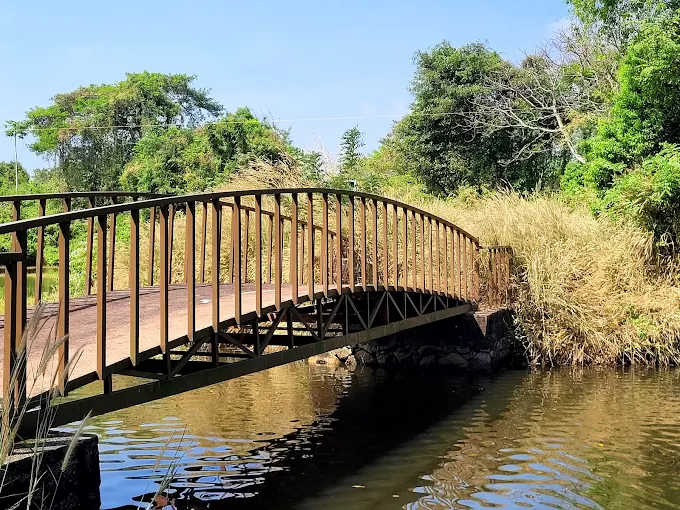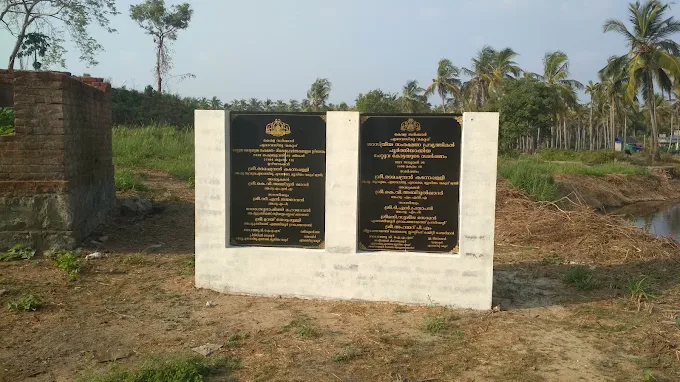Chettuva Fort – The Historical Dutch Fort in Kerala

Location: Chettuva, Thrissur District
Year: Built in 1714
Tucked away along the calm, meandering banks of the Chettuva River, the historic Chettuva Fort—also known as Willing Fort—stands as a quiet sentinel of Kerala’s colonial past. The Dutch built this fort in 1714 as their only architectural presence in the region. They used it to oversee inland navigation and manage the trade routes along the Malabar coast.
Over the years, the fort’s strategic position brought both opportunity and conflict. For instance, Tipu Sultan eventually seized the fort and partially destroyed the structure during his military campaigns in the south. Later, floods and other natural disasters further eroded its form. As a result, today only traces of its thick laterite walls and worn ramparts remain—faint yet significant echoes of a turbulent past.
Today, the State Archaeology Department protects the site and preserves the ruins as a monument. This effort draws increasing attention from history enthusiasts and cultural travelers alike. Although the fort has lost much of its original form, it still maintains a distinct charm. Coconut groves, flowing water channels, and untouched stillness surround the area, offering visitors a rare glimpse of history blending with nature.
In addition to its historical importance, the area around Chettuva Fort also showcases modern architectural brilliance. Not far from this heritage site stands Mashe Veedu, a refined residential project designed by S2 Architects, among the best architects in Kerala. Their design gently integrates with the cultural and geographical context of Chettuva, demonstrating how modern architecture can exist meaningfully near historically sensitive landscapes. With clean lines, earthy materials, and a deep respect for setting, S2 Architects continues to redefine contemporary living in Kerala, successfully bridging the old with the new.

